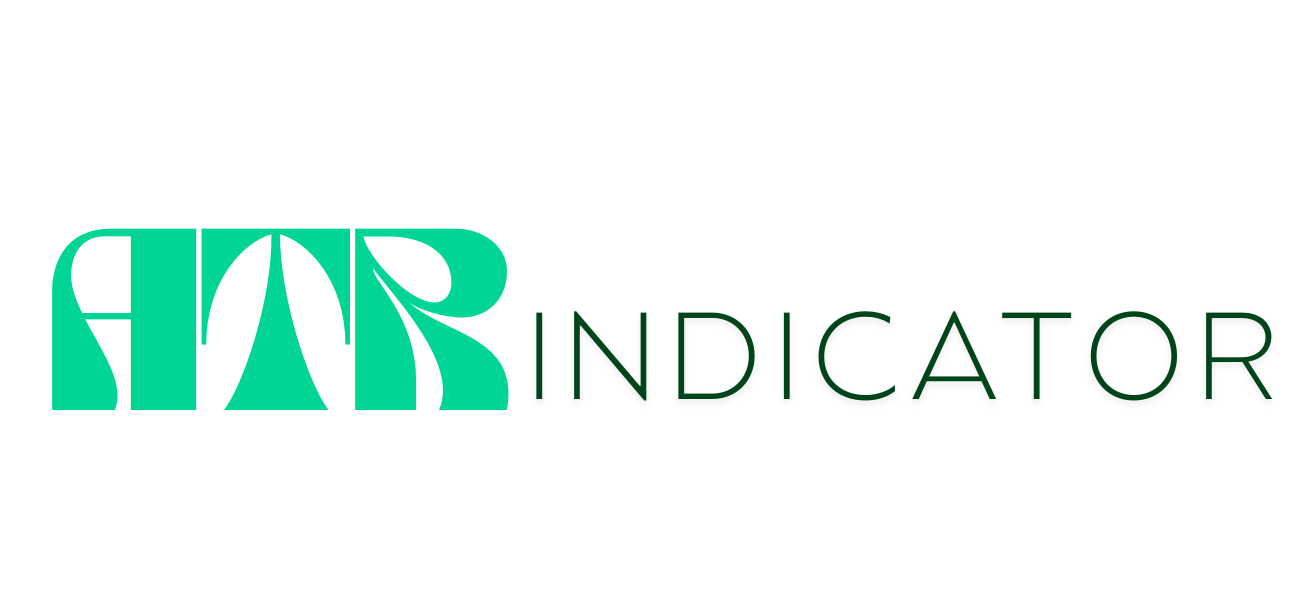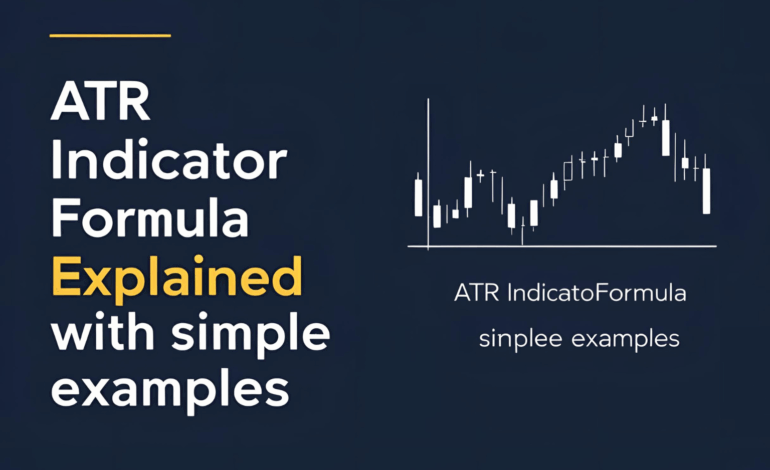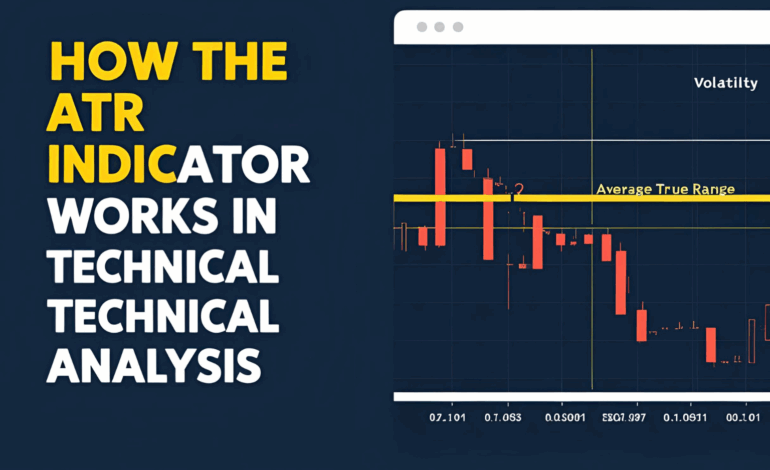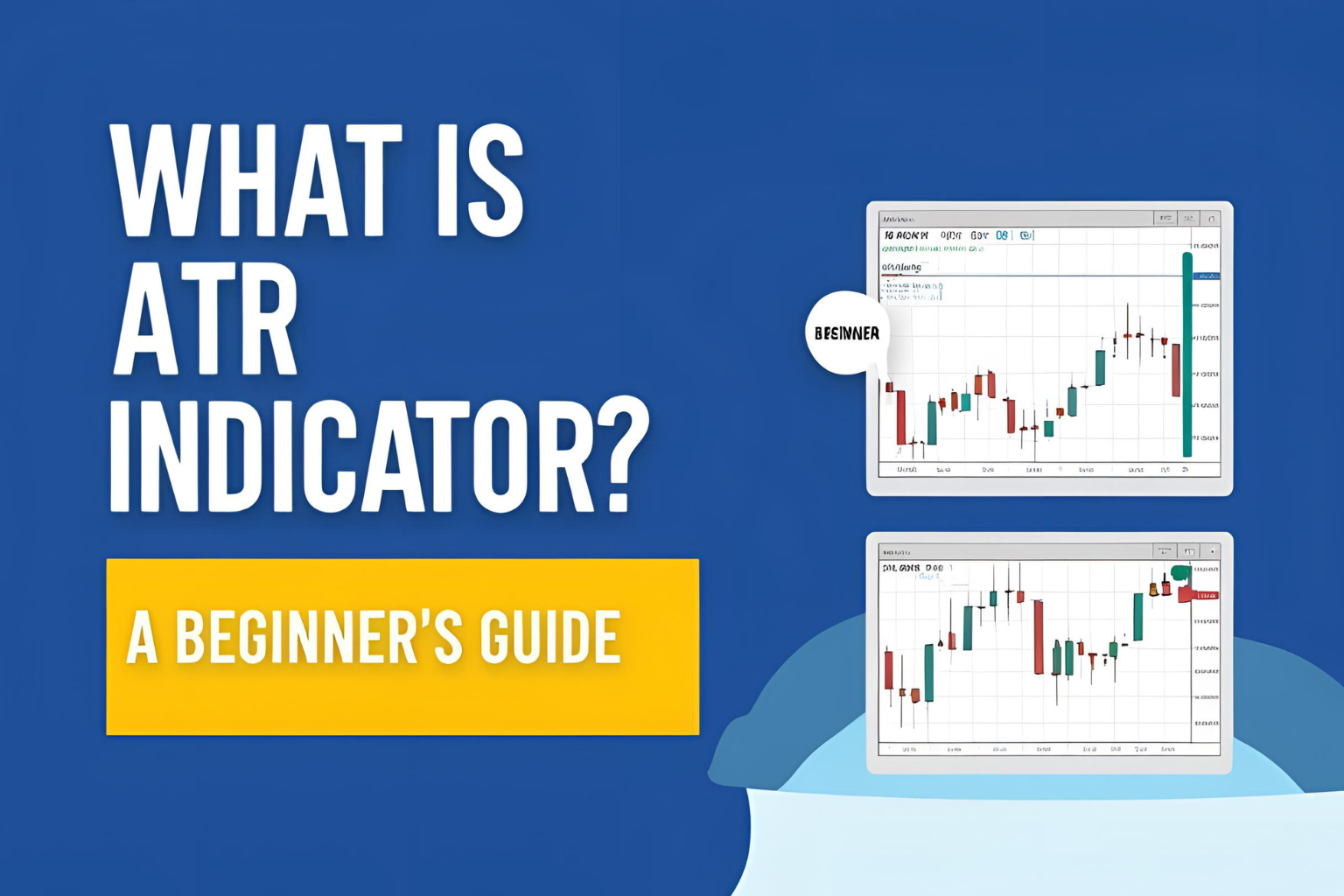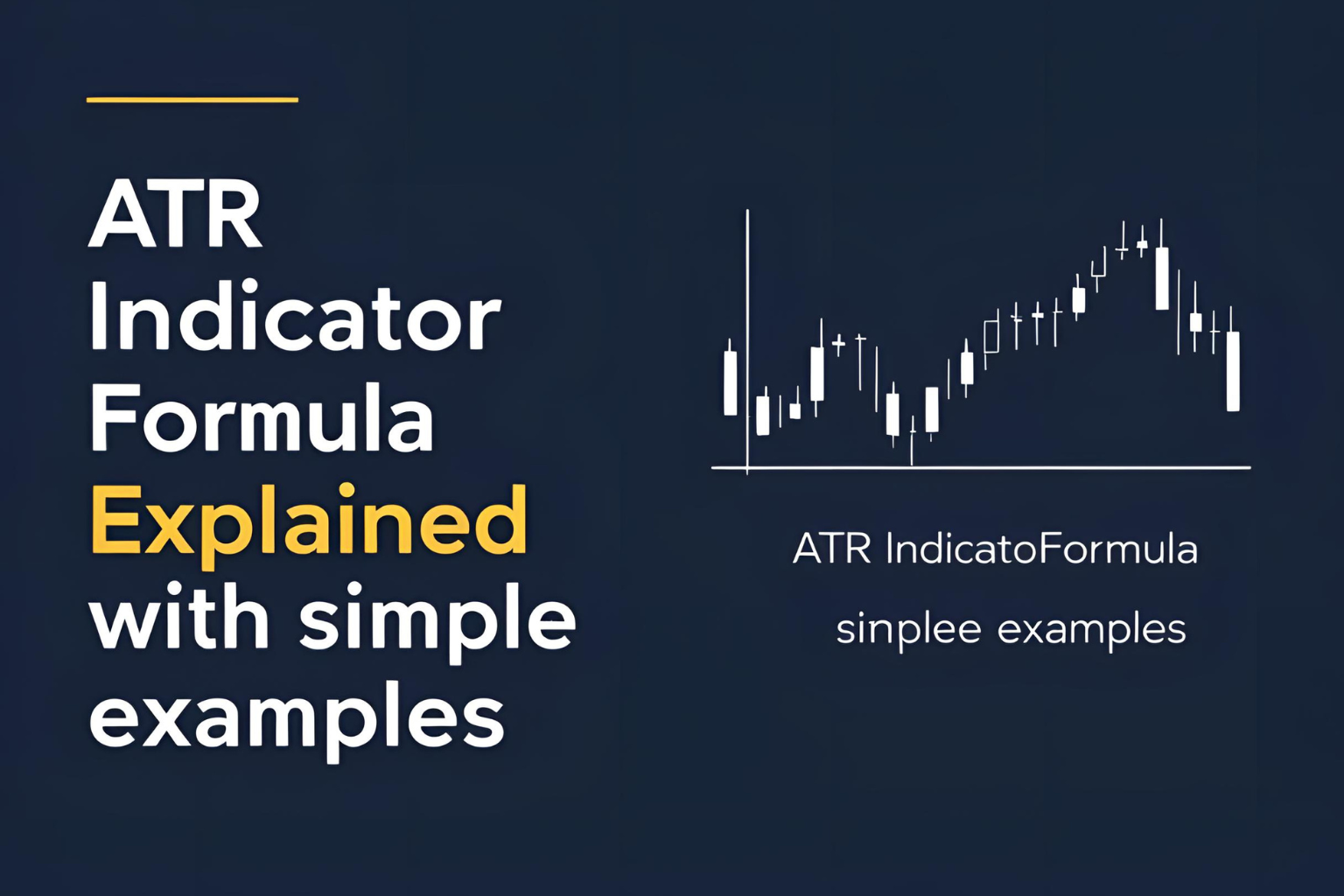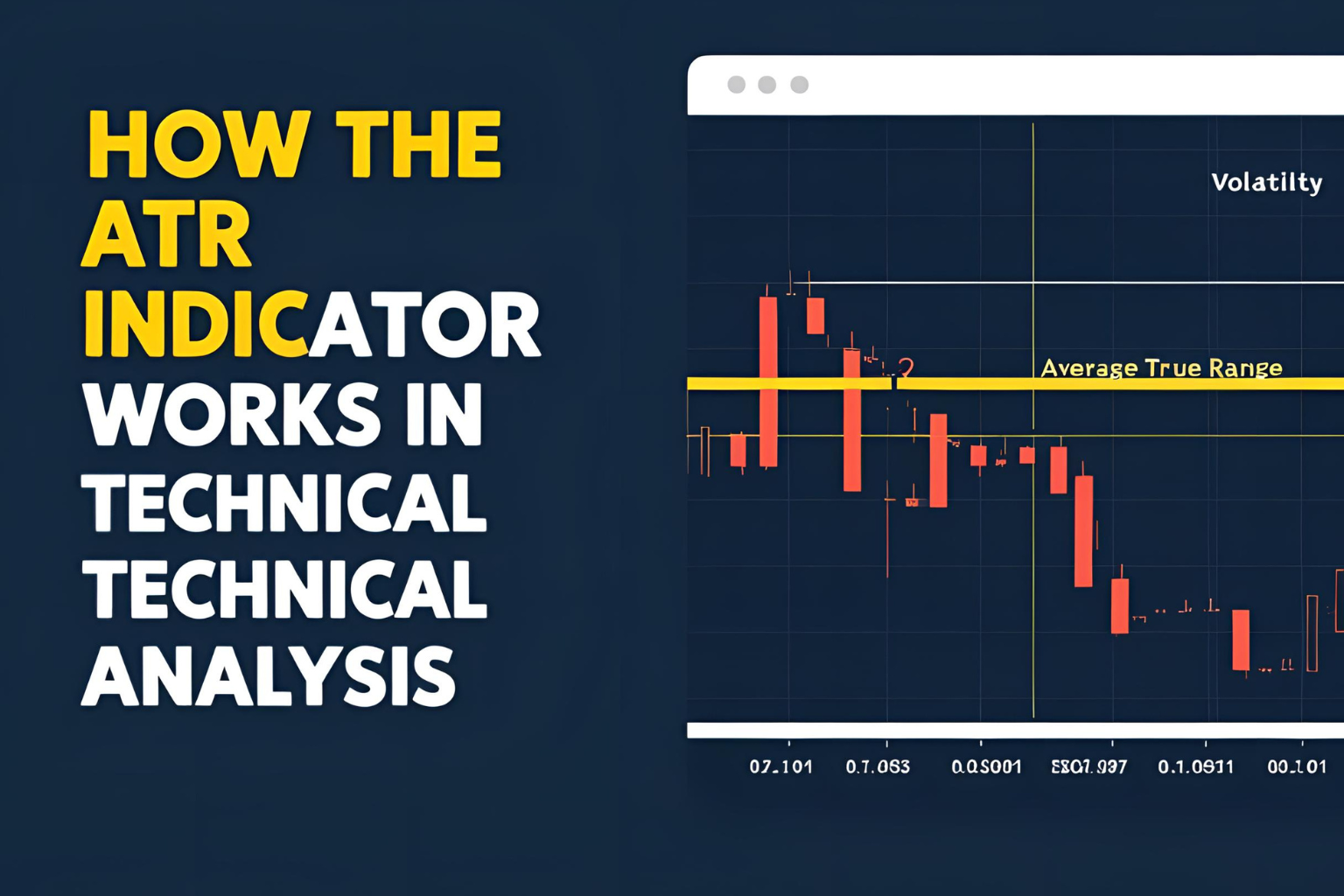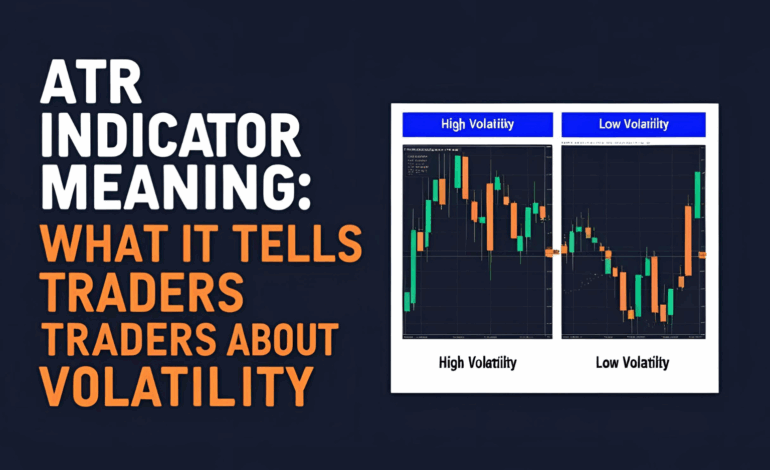
ATR Indicator Meaning: What It Tells Traders About Volatility
The ATR indicator, or Average True Range, measures how much an asset moves on average during a specific period. It does not indicate the direction of price movement—only its volatility. This makes it especially useful in determining the strength of a price move and planning risk-based trading decisions.
What Does the ATR Indicator Tell You?
- High ATR values mean the market is volatile and price moves are large.
- Low ATR values mean the market is quiet, with small price ranges.
This volatility information helps traders decide:
- When to enter or avoid trades
- How far to place stop-loss and take-profit levels
- What position size to use depending on risk levels
Why Is This Important for Traders?
Understanding market conditions is critical for timing trades. A rising ATR may indicate the start of a new trend or breakout, while a falling ATR often shows consolidation or sideways movement.
Use cases include:
- Avoiding trades in low volatility
- Tightening stops when ATR drops
- Widening stops when ATR spikes
Practical Interpretation of ATR Values
Let’s say:
- A stock has an ATR of 3.2 on a daily chart
- This means the stock typically moves 3.2 points per day
If your entry is $150, a 1.5× ATR stop-loss would be:
- $150 − (1.5 × 3.2) = $145.2
This allows more breathing room in volatile conditions while still controlling risk.
ATR Does Not Predict Direction
Unlike trend indicators, ATR simply tells how much the price moves, not where it is heading. It’s best used with other indicators like:
When to Use ATR
- During breakouts: Look for increasing ATR as confirmation
- In trend trading: Use ATR to manage stop-losses
- In range markets: Low ATR can indicate low-opportunity zones
Conclusion
The ATR indicator meaning lies in its ability to show market energy—how fast and far the price is moving. While it doesn’t guide you on direction, it plays a powerful supporting role in risk management, strategy refinement, and timing. For any serious trader, ATR is an essential tool to master.
✅ FAQs
1. Does ATR show price direction?
No, ATR only measures volatility, not whether price will rise or fall.
2. What does a high ATR indicate?
It indicates higher volatility—larger price swings per period.
3. Is a low ATR bad for trading?
Not always, but low ATR often means fewer opportunities for breakout or trend trades.
4. Can ATR be used in intraday trading?
Yes, many intraday traders rely on ATR for setting stop-loss and entry ranges.
5. Should ATR be used alone?
No, it works best when combined with trend-following or momentum indicators.
